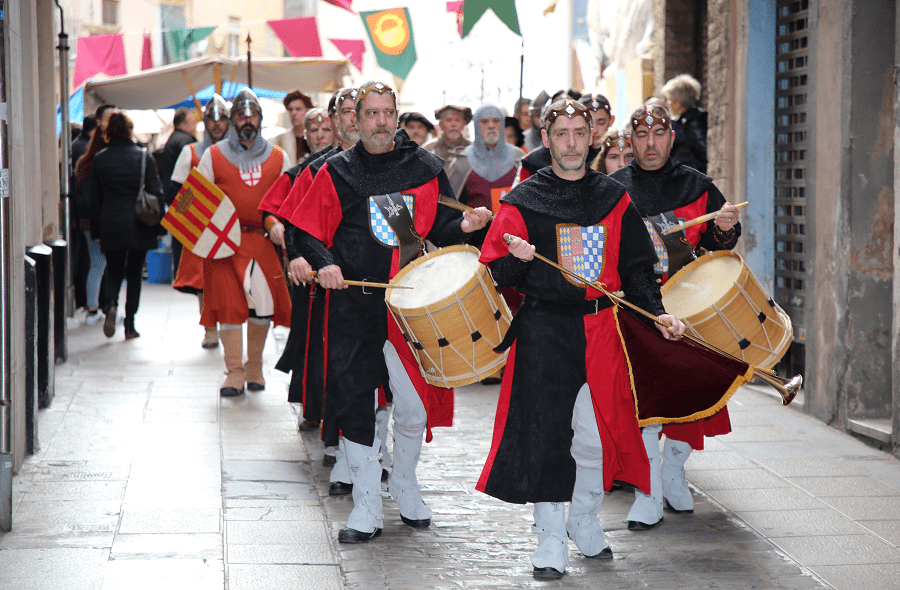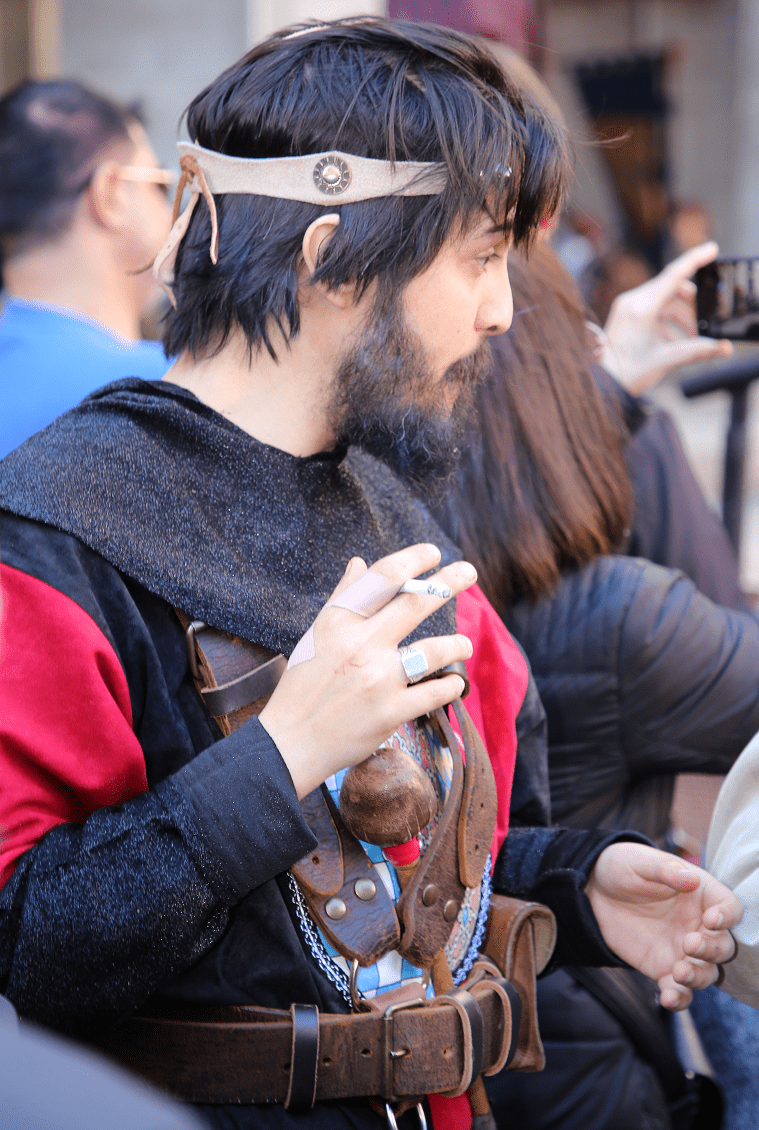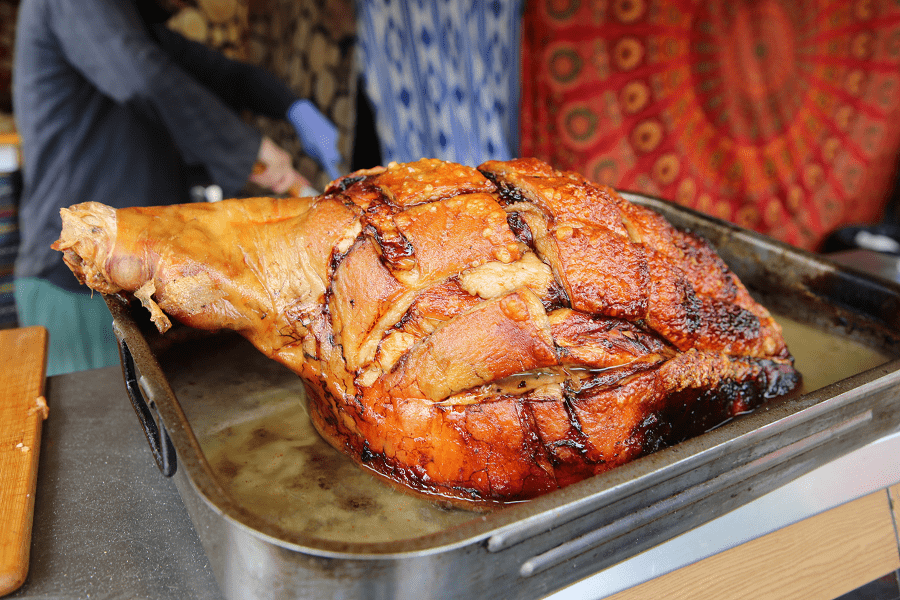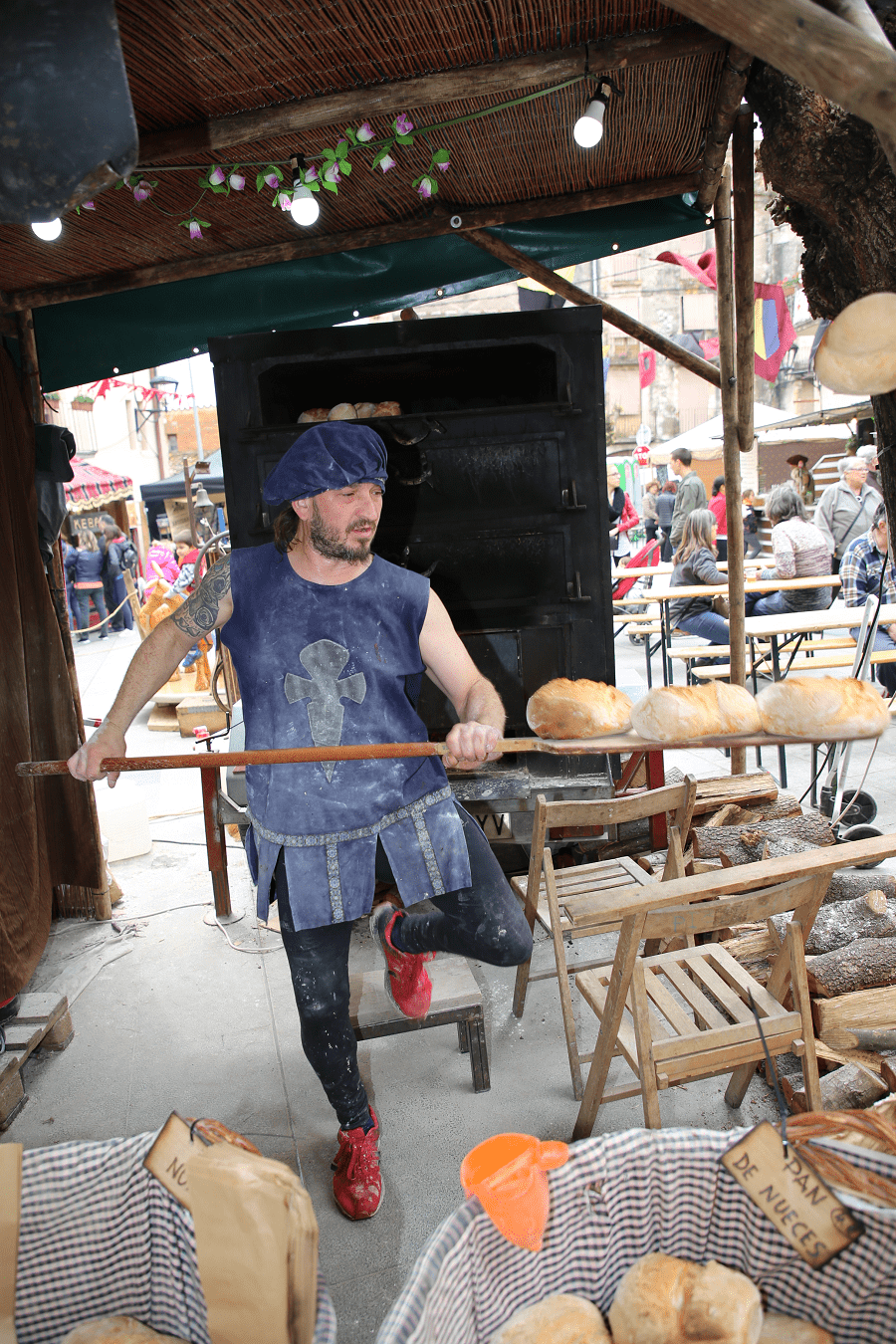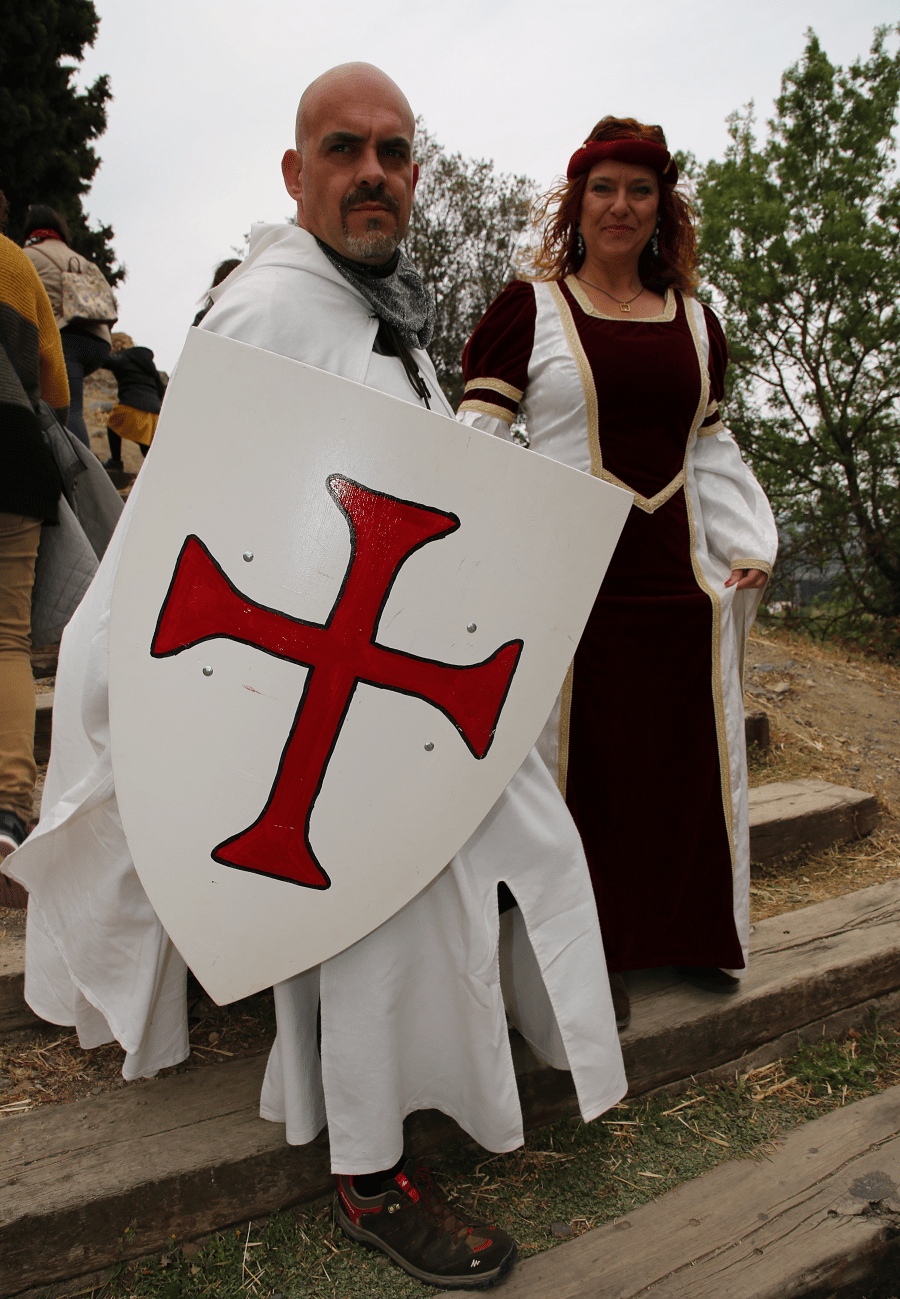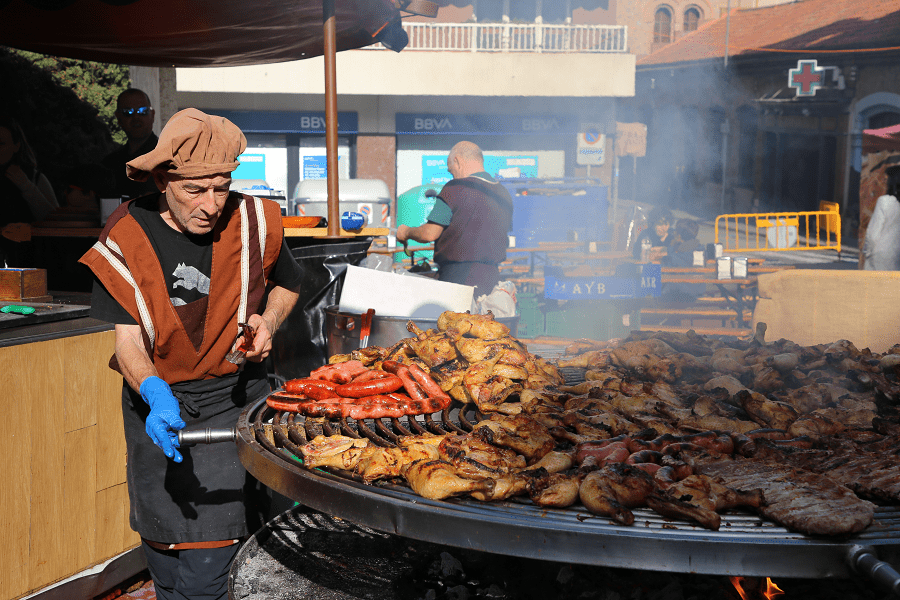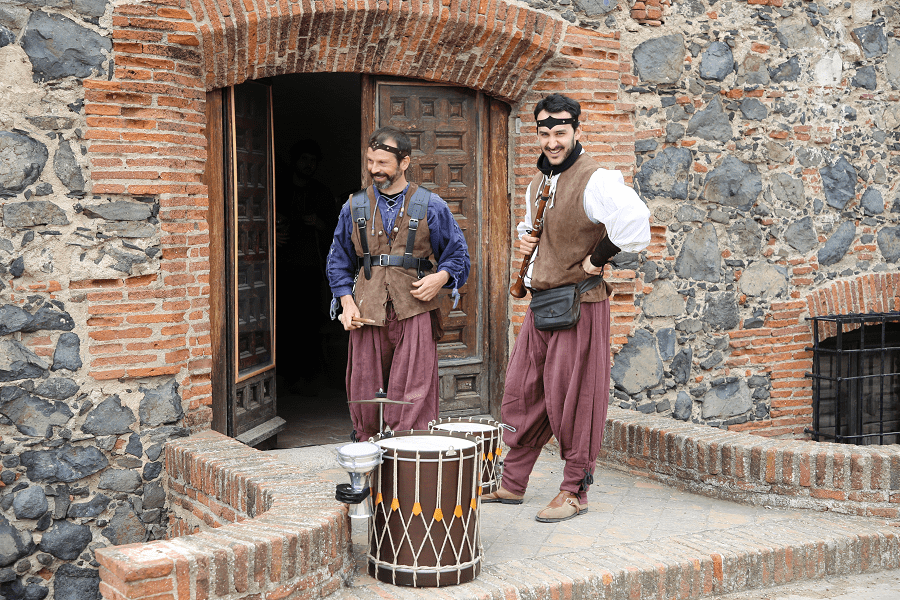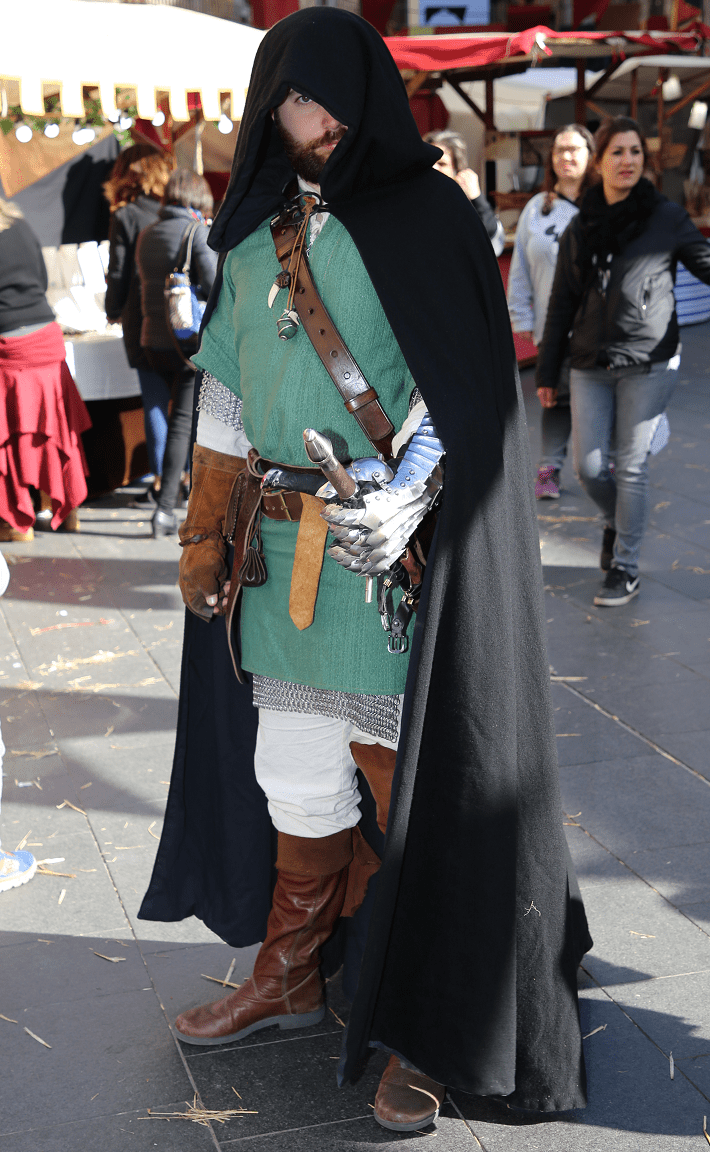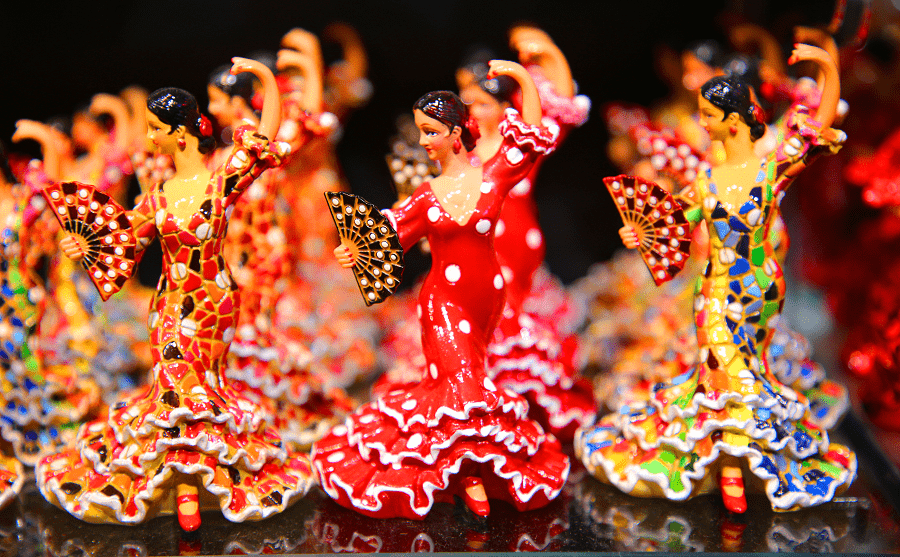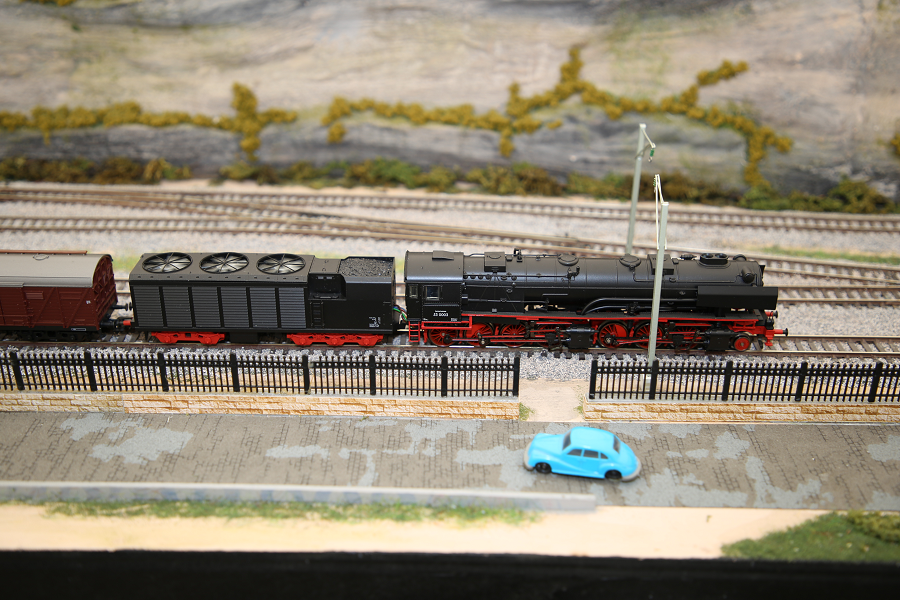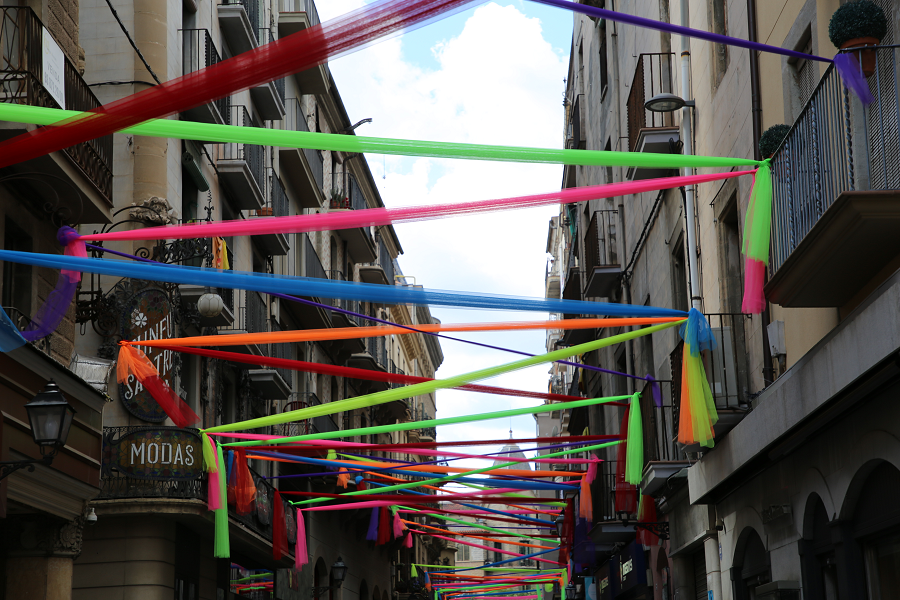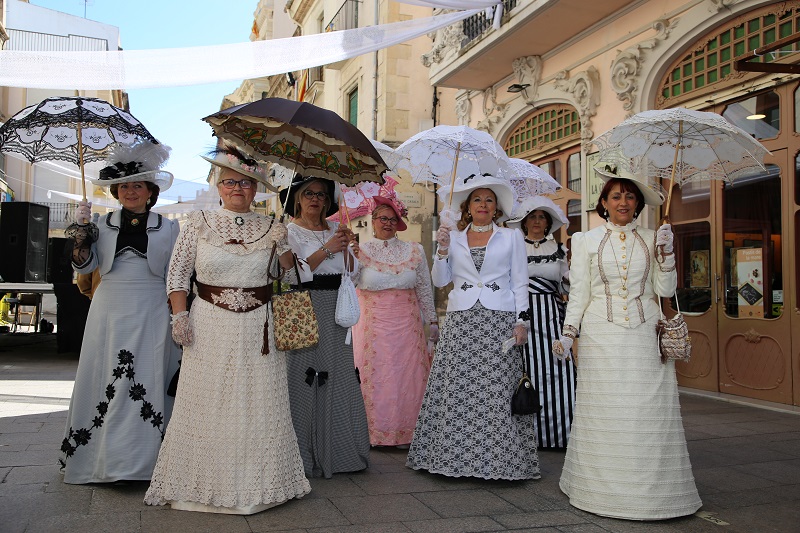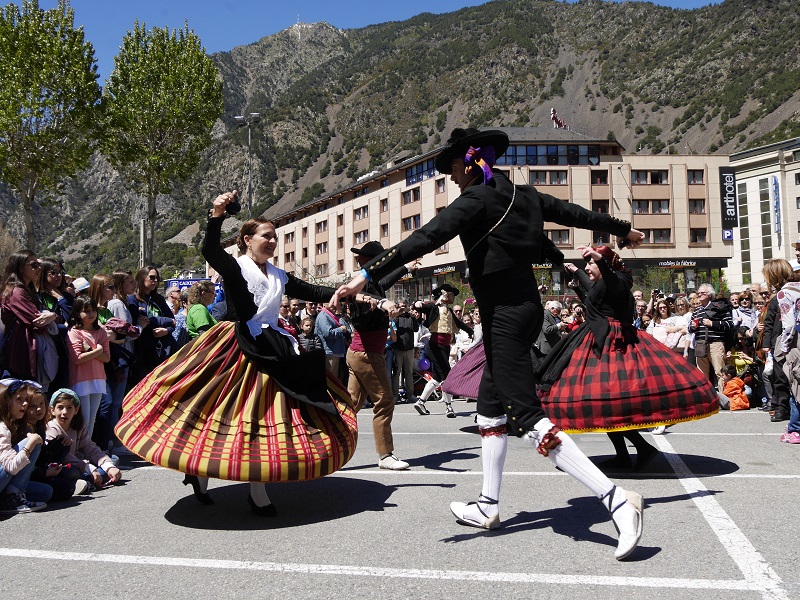The popular festivals in Catalonia (Spain) and Catalan Countries are the set of traditional festivals that are celebrated in the Catalan-speaking territories. The main elements shared by the traditional festivals will be described below.
Fire is the most important element of traditional festivals, which denotes a great pagan root. It is interesting to note that these festivals of fire, which are also very present throughout Europe and beyond, have a very high acceptance in all Catalan countries, from the Fallas del Pallars Sobirà, the Fallas Andorra and the Canigó Flame to the Bonfires of Alicante and the Fallas, held in 90 towns in the Valencian Country.
Pyrotechnics is the focus of many celebrations, both family and adult. From the wedding firecrackers, to the fireworks battles called “cordades”, La Patum in Berga, the Festa Major of Vilafranca del Penedès and other similar festivities, the fireworks castles, the Night of the Fire of Valencia, the “Palmera” of Alicante, the Night from the Albà d’Elx and the Castell de l’Olla in Altea.
There are also some new tradition of fireworks, which are those of the Night of the Bastille of Collioure and other northern Catalan towns.
The burning of a trunk, or more recently, a plastic figure – a doll or falla – is a fact that can be seen both in the modern form, in the cremation of the Fallas de Valencia, – and since the twentieth century, in Torrent (Horta Oest), Alzira, Sagunto, Sueca, Cullera, Gandia, Dénia, Burriana, Xàtiva, Paterna and Benidorm – and the bonfires of Alicante, as in the oldest form, as in the burning of a trunk at the Festivals of the fire of the summer solstice in the Pyrenees (the Pallars Fallas, the Fallas de Boí or the Crema deth Haro de Les, in the Aran Valley) of the Forcall and other places in the Ports, where the santantonades are celebrated at the end of January or beginning of February.
These and other more famous bonfires of the 23rd of June, Sant Joan, are complemented by the Bonfires of Sant Antoni or Santantonades – such as those of Canals, Villores, El Forcall, Herbers, etc. (in the Ports) or in Vila de Gràcia – and the Mallorcan massacre bonfire called Binerbo, in January. These two dates coincide with the two solstices, summer and winter – while the Fallas of Valencia are at the equinox -, which reveals its origins as a pagan festival.
Today, the most widespread festive event in the Catalan Countries, called the “Festa Nacional” by some, are the bonfires of the Night of Sant Joan, a living tradition in all counties and islands and that is lived with special intensity in the coasts of the south of the Valencian Country.
Food is the focus of many festivities, and at least one of the protagonists of almost all of them. One of the most typical food festivals is the Matança del porc (called slaughter in the Balearic Islands and mataporc in the Valencian Country), much appreciated in Mallorca and the Islands in general, and also typical in Catalonia, in the Valencian Country and beyond.
The slaughter of pigs is an experience deeply rooted in Catalan culture, as it was a traditional annual activity that brought together the whole family in rural Catalonia, the Valencian Country and the Islands. In many places, November 11, St. Martin’s Day, was one of the favorite days of the massacre.
All kinds of festivities take place around this activity, typically with tastings of sausages. Despite having lost importance in the last century, it is still celebrated in the Cellera de Ter, Cambrils, Vall-de-roures, Artesa de Segre among other places.
Harvest festivals
But the most common festivals, as should be expected in a mainly agricultural country, are those of the harvest: the Cherry Festival in 14 towns between Ceret and La Vall de Gallinera, the Xatonada del Penedès, the Castanyada al Montseny and other points in Eastern Catalonia, the Calçotada de Valls (Alt Camp), the Rice Festival in Bagà, Roses and Pals, the Sardinada de l’Escala, the Harvest Festival in Vilafranca del Penedès and Banyuls.
It is also necessary to understand the relation of the main festivals and those of Sant Joan in the solstices, so important for the cultivation.
In Vilanova i la Geltrú the origin of the Festa Major lies in a great hail that damaged the crops and since then all the dances and parades are in honor of the Virgin of the Snows to ask for her protection for the harvests.
Some festivals that do not seem to have a direct relationship with the harvest are the Aplec del Caragol de Lleida, a festival of national interest, the Valencian handkerchief, which is an offering of love, and the Easter tradition of eating the Easter Bunny.
Other festivals around a specific dish are the Trout in Juice festival in Bellmunt del Priorat, the International Paella Day in Sueca, the Botifarró festival in Sant Joan in Mallorca, or the Paellas in the Street typical of many festivals Valencian elders.
Another remarkable festival is the Blessed Bread of Torre de les Maçanes, where the partygoers have to carry a blessed bread of four kilos on their heads.
Some festivals have a more functional meaning, as is the case of the Sexenni de Morella, which celebrates, and encourages, the return of the people of Morella to their city every six years.
Also, the Renaissance Festival, a festival held in Tortosa in the third week of July. It has been held since 1996 and has the recognition of having been declared a Festival of National Tourist Interest and a Festival of Tourist Interest in Catalonia. The festivities involve more than 500 actors, 60 shows, 3,000 citizens dressed in costumes, traders and taverns. With the subtitle The Splendor of a city in the sixteenth century, recalls the historical period of the sixteenth century, one of the most interesting moments in the existence of Tortosa.
Many festivals focus on theatrical performance, typically elements of the popular customs of the peoples, which are often humorous and satirical, in that case they are called sainets.
Pagan origins
The vast majority of festivals are celebrated on days associated with the Christian tradition; however, many of these festivals have a clear pagan root or even lack direct Christian element, except that it is celebrated on a saint’s day. And it is that many festivals have been transformed from their prehistoric origins without losing their allusions to pre-Christian mythology.
Other festivals are even more mythological, such as the Dance of Death in Verges, which is celebrated at Easter but more closely resembles a primitive tribal dance, or many festivals where cattle such as the dragon, the giants are involved.
The witch is another mythical character common in the festivities of the Catalan Pyrenees, for example, Witch Festival of Sant Feliu Sasserra (Bages), which includes a show of torture of witches by the Inquisition and a broom dance.
Perhaps the most spectacular of the Catalan festivals are those of the colles castelleres, groups of enthusiasts who form impressive human towers (up to ten people high).
This is an old tradition of the Tarragona region, which has now spread to many parts of Catalonia, and has become a real spectacle, or sport, that attracts thousands of people. Amongst other important festivities are the carnivals over all the region, especially in Sitges, Solsona, Tarragona and Vilanova i la Geltrú, and the Patum in Berga.
Among the most colorful festivals and celebrations in Catalonia are the following:
The Witches’ Fair in Sant Feliu Sasserra
Steam Fair in Sant Vicenç de Castellet
All festivals of France, Spain, Catalonia, Andorra
Photo and text: Alex Monroe



